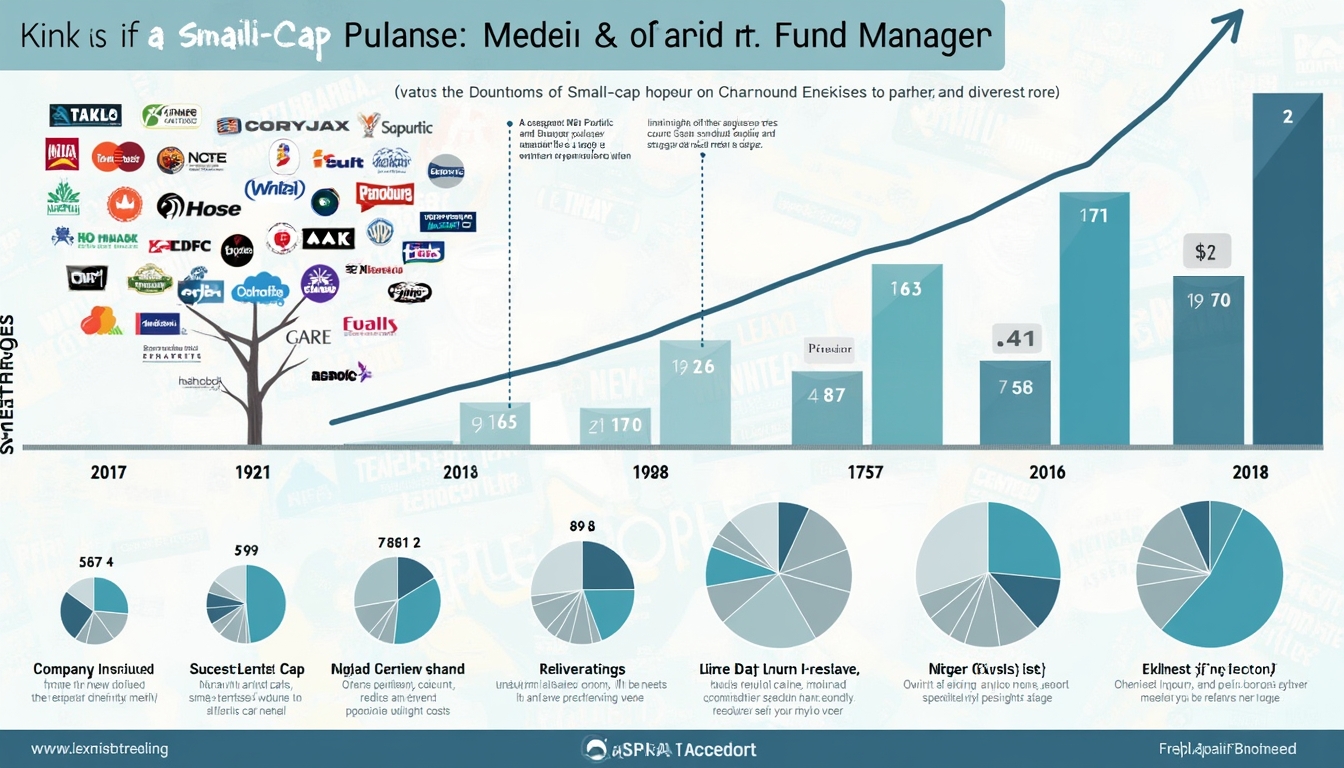Geographic Information System (GIS) technology is changing how we understand and interact with our world. This powerful tool has become essential for professionals across various industries, enabling them to measure, analyze, and predict future events and trends with high accuracy. By using spatial data, GIS is improving decision-making processes and shaping the future of urban planning, environmental management, and public health.
The Evolution of GIS: From Paper Maps to Digital Landscapes
The history of GIS technology is a story of innovation. It began in the 1960s when pioneers like Roger Tomlinson, often called the "father of GIS," established the foundation for this transformative technology.
In 1972, a significant event occurred with the launch of ERTS-1 (Earth Resources Technology Satellite), later renamed Landsat 1. This satellite provided the first global remote sensing data, offering new views of our planet from space. It allowed scientists and researchers to observe Earth's surface in unprecedented ways.
As computer technology progressed rapidly through the 1980s and 1990s, so did GIS capabilities. The increased processing power and storage capacity of computers enabled more complex spatial analyses and management of larger datasets.
The digital revolution also brought a surge in digital data availability. This information influx provided the fuel that GIS needed to advance. Suddenly, there was abundant spatial data to analyze, from satellite imagery to digitized maps and census data.
A key moment came when the US Census Bureau released Admatch and DIME (Dual Independent Map Encoding), changing computer mapping. These tools allowed for efficient geocoding of addresses and the creation of digital street networks, setting the stage for modern navigation systems and spatial analysis.
The Building Blocks of GIS: More Than Just Maps
GIS is composed of five essential elements that work together to create a powerful system for managing and analyzing spatial information:
- Hardware: The physical computers and devices that run GIS software. This ranges from high-powered workstations to mobile devices, reflecting the diverse ways GIS is now used.
- Software: The programs that perform analysis and create maps. These tools have evolved from simple mapping applications to complex platforms capable of advanced spatial analysis and 3D modeling.
- Data: The core of GIS, comprising both spatial (location-based) and attribute (descriptive) information. This data can come from various sources, including satellite imagery, GPS readings, and digitized maps.
- People: The GIS analysts and users who interpret the data and create meaningful insights. Their expertise is crucial in turning raw data into actionable information.
- Methods: The techniques and workflows used for data collection, analysis, and presentation. These approaches are constantly evolving, incorporating new technologies and best practices.
Understanding how these components work together is key to grasping GIS's full potential. For example, the concept of layers allows different types of spatial data to be overlaid and analyzed together, providing a comprehensive view of a geographic area. Georeferencing ensures that all spatial data is accurately aligned to real-world coordinates, allowing for precise analysis and mapping.
GIS in Action: Changing Industries and Addressing Global Challenges
GIS technology applications are diverse and impactful. In urban planning, GIS is helping cities grow smarter and more sustainably. Planners use GIS to analyze population density, transportation networks, and land use patterns, enabling them to make informed decisions about future development.
Environmental scientists are using GIS to track changes in ecosystems over time, monitor deforestation, and model the impacts of climate change. This data is crucial for developing conservation strategies and addressing environmental risks.
In public health, GIS has proven to be a valuable tool, particularly during global pandemics. Health officials use GIS to map disease spread, identify high-risk areas, and plan vaccination campaigns. The technology's ability to integrate various data sources, from demographic information to healthcare facility locations, provides a comprehensive view of public health challenges.
Changing Business and Marketing
The business world has also adopted GIS, recognizing its potential to drive growth and efficiency. Retailers use GIS to analyze customer demographics and purchasing patterns, informing decisions about store locations and targeted marketing campaigns. Logistics companies use GIS to optimize delivery routes, reducing fuel consumption and improving service efficiency.
Improving Emergency Response and Disaster Management
In emergencies, every second counts. GIS plays a crucial role in emergency response and disaster management, providing real-time information to first responders and decision-makers. From mapping evacuation routes to identifying vulnerable populations, GIS helps save lives and minimize damage in critical situations.
The GIS Advantage: Beyond Traditional Mapping
While traditional mapping methods have their place, GIS offers a level of sophistication and analytical power that sets it apart. The ability to integrate and analyze vast amounts of spatial and attribute data provides insights that were previously unattainable.
One of GIS's key advantages is its flexibility. Available in both desktop and web-based solutions, GIS platforms cater to a wide range of users, from GIS specialists to casual users accessing maps through web browsers or mobile apps.
Looking at Future Innovations: The Next Steps for GIS
The future of GIS holds many possibilities. As we look ahead, several trends are shaping this technology's evolution:
- Integration with Artificial Intelligence and Machine Learning: By combining GIS with AI and machine learning algorithms, we're finding new potentials for predictive analysis and pattern recognition in spatial data.
- 3D and 4D GIS: Moving beyond traditional 2D mapping, 3D GIS allows for more realistic representations of our world. 4D GIS takes this further by incorporating time, enabling dynamic visualizations of how spatial phenomena change over time.
- Real-Time GIS: As sensors and IoT devices become more common, real-time GIS is becoming a reality. This allows for immediate analysis and response to changing conditions, whether it's traffic flow in a city or the spread of a wildfire.
These advancements are set to change sectors like healthcare, transportation, and urban planning. Imagine cities that can adjust traffic signals based on real-time traffic flow, or healthcare systems that can predict and respond to disease outbreaks before they become epidemics.
Considering the Ethical Landscape of GIS
As with any powerful technology, the use of GIS raises important ethical considerations. Privacy concerns arise when dealing with location-based data that could potentially identify individuals. There are also questions of equity and access – who has access to GIS technology and the insights it provides, and how can we ensure it's used for everyone's benefit?
The potential for misuse of GIS data and analysis is another critical concern. From gerrymandering in political districting to invasive marketing practices, GIS's power must be used responsibly. These issues highlight the need for strong ethical guidelines and responsible use policies in the GIS community.
GIS: Connecting Disciplines
One of GIS's most interesting aspects is its interdisciplinary nature. It connects diverse fields and encourages collaboration. Computer scientists work with environmental scientists to develop new algorithms for analyzing satellite imagery. Social scientists use GIS to study human behavior and societal trends. Historians and archaeologists employ GIS to reconstruct ancient landscapes and migration patterns.
This mixing of ideas and methods is driving innovation and opening up new avenues for research and problem-solving. As we continue to address complex global challenges, GIS's ability to bring together diverse perspectives and data sources will be increasingly valuable.
Conclusion: The Growing World of GIS
GIS technology has progressed significantly since its beginnings. Today, it's a cornerstone of spatial analysis and decision-making across numerous industries. Its ability to integrate, analyze, and visualize complex spatial data is changing our understanding of spatial data and transforming how we approach global challenges.
From urban planners designing smarter cities to conservationists protecting endangered species, professionals across many fields are using GIS to make more informed decisions and drive positive change. Looking to the future, GIS's role in informing decisions and driving innovation will continue to grow.
For those interested in the intersection of technology, geography, and problem-solving, GIS offers many opportunities. Whether you're an experienced professional or just starting, the field of GIS invites you to explore, analyze, and visualize our world in new ways. As we continue to expand what's possible with spatial analysis, new discoveries and innovations await.
Interested in leveraging spatial data for mineral exploration?
Discovery Alert offers real-time notifications on significant ASX mineral discoveries, powered by AI-driven analysis. Whether you're new to investing or a seasoned pro, simplify your decision-making process with our 30-day free trial at Discovery Alert.




